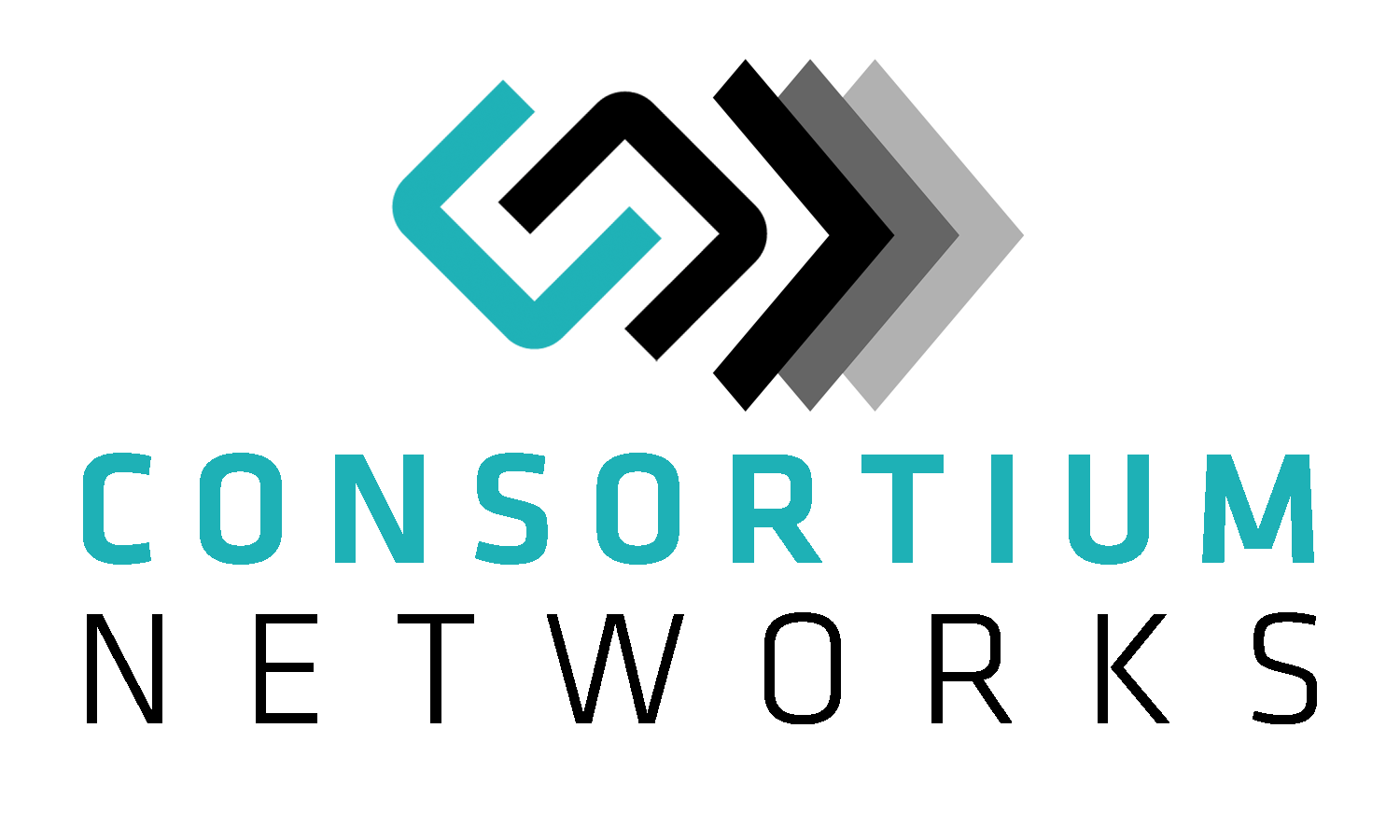INTERVIEW WITH
SUSAN KOSKI
SVP AND DIRECTOR OF SECURITY AND FRAUD OPERATIONS FOR PNC BANK
Original Interview, January 29, 2019
This interview was conducted by Deborah Feyerick, an award-winning National Correspondent specializing in security, crime, terrorism and breaking news. Deborah was part of CNN’s team of anchors & reporters for 20 years.




